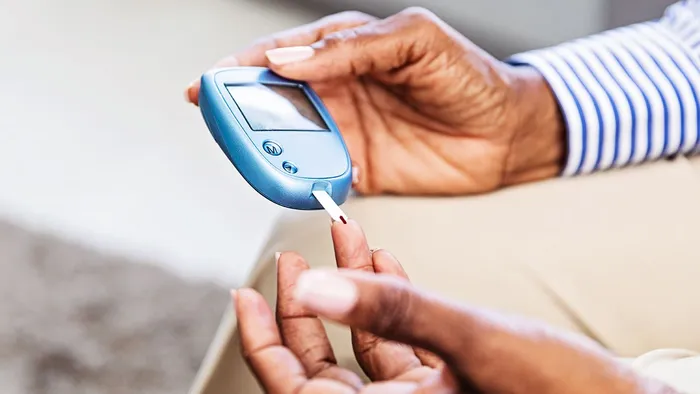Walking is an excellent way to burn calories and cure diabetes. Researchers studying older adults with pre-diabetes found that 15 minutes of easy-to-moderate exercise after every meal curbed risky blood sugar spikes all day.
Seniors are more prone to developing diabetes, but a little exercise could make a big difference. A study published in Diabetes Care found that three short walks each day after meals were as effective at reducing blood sugar over 24 hours as a single 45-minute walk at the same moderate pace.
- Walking after every meal is as beneficial for blood sugar as a 45-minute walk
- Taking a 15-minute walk after dinner helps control post-meal blood sugar
- The timing of exercise is important
- You can walk anywhere, any time and it’s free
- Briskly walking can help you build stamina, burn excess calories and make your heart healthier
- Walking can help the body to use insulin more effectively
- Walking is easy on your joints
- It can benefit your mind by helping to reduce stress levels
The researchers observed that the evening post-meal walk was the most effective in lowering blood sugar levels for a full 24 hours.
If you want your blood test report to be interpreted by a Diabetes specialist, then you can upload your report. Our Diabetes expert will provide you with the most accurate interpretation of your blood test results and treatment within 12 hours. Upload blood test report now
Exercise Regularly
Exercise is also an important part of diabetes treatment. Regular physical activity helps keep blood sugar levels in a healthy range. It also can reduce the risk of other health problems that people with diabetes may be more likely to get, like heart disease.
Most types of exercise are great for people with type 1 diabetes — from walking the dog or riding a bike to playing team sports. Try to exercise every day for maximum benefit.

Benefits
For a person with diabetes exercise helps:
- Insulin to work better, which will improve your diabetes management
- Maintain a healthy weight
- Lower your blood pressure
- Reduce your risk of heart disease
- Reduce stress.
How frequently should a diabetic exercise?
It is best to consult a doctor before you decide on anything strenuous but try to maintain it somewhere between 3 – 6 sessions a week. The number of sessions can vary based on whether you are doing weight training for diabetes or something that gives you the benefits of cardio exercise, like dancing or playing a sport
Weight management
How many calories you burn will depend on many factors, such as your age, weight, intensity, and distance — but regardless, you are burning calories whenever you move, and walking can help you reach your weight management goals. Just remember, you need to burn more calories than you consume in order to lose weight, and a healthy diet is just as important as exercise to do so. Walking is a great tool for helping maintain weight loss, too. “People who are successful at keeping weight off are generally exercisers”.

Improved heart health
People with diabetes are two to four times more likely to develop cardiovascular disease than people who don’t have diabetes, according to the World Heart Foundation. And aerobic exercise helps strengthen your heart as well as your whole cardiovascular system. Walking can also help lower blood pressure and reduce bad cholesterol.
Walking clothing
You need good freedom of movement and you need to prevent chafing, which can lead to sores. Wear a fitness T-shirt and fitness shorts, warm-up pants, or yoga pants. Sweat-wicking polyester fabric is preferred over cotton.
Where to walk
You can use a treadmill for your walking workout. If you prefer to walk outside, you should look for a walking route where you can walk with few interruptions to cross streets. Using a track at a nearby school is an option, or look for a greenway path or a park with a walking loop.
Check Your Blood Sugar Levels

Check your blood sugar level before and after walking to make sure it is okay. When out on a long walk, it is wise to check your blood sugar levels at regular intervals, especially if you are new to walking.
- Too low: If your blood sugar is below 140 mg/dl, you may need to eat 15 grams of carbohydrates before your walk so your blood level doesn’t drop too low.
- Too high: If your blood sugar is above 300 mg/dl, you may need to postpone your walk until your blood sugar level lowers.

